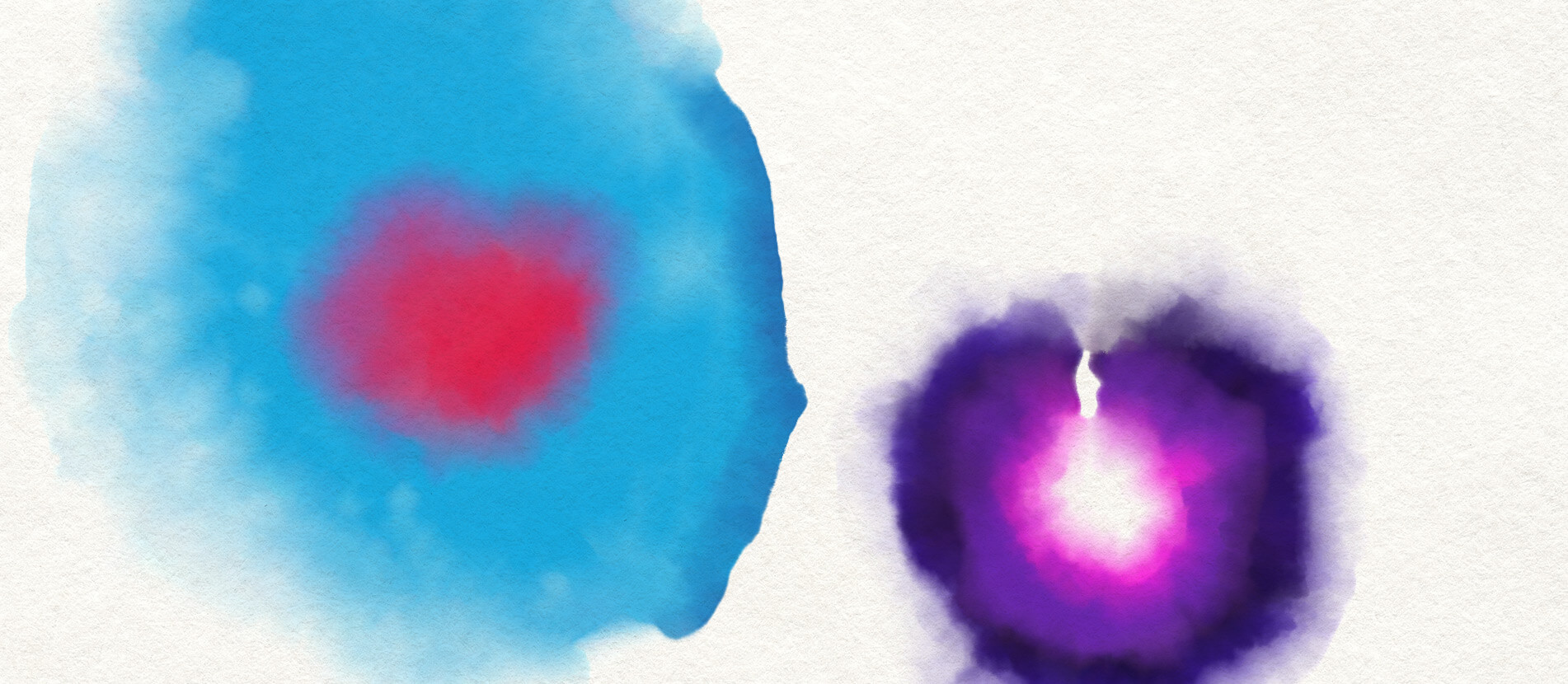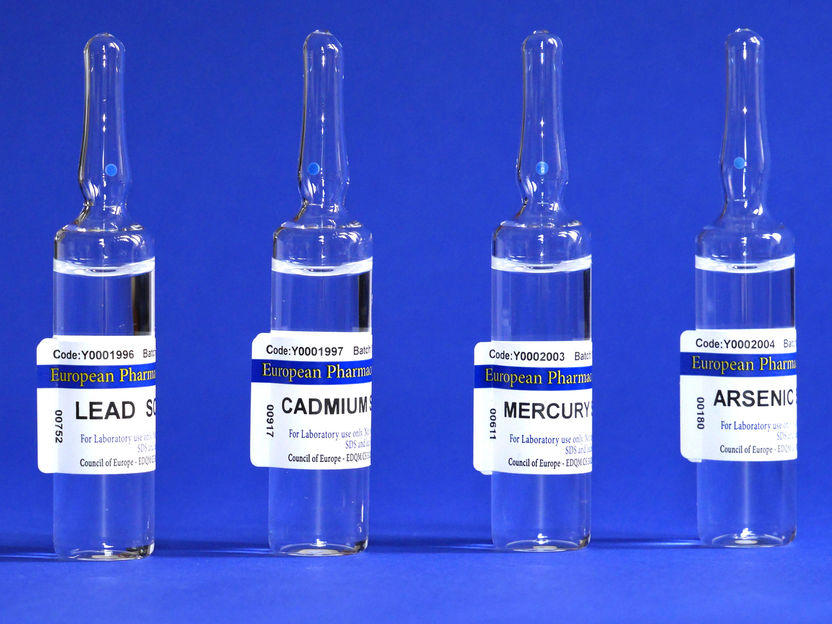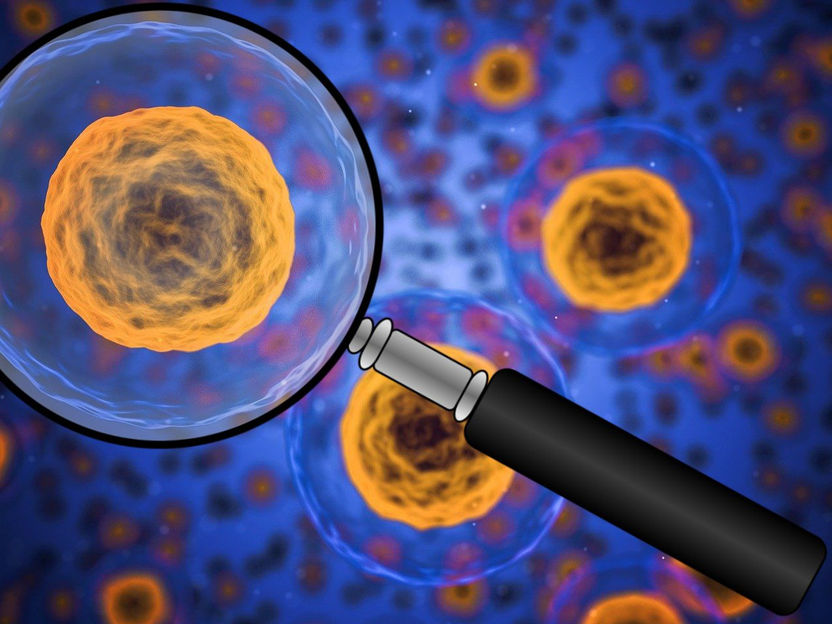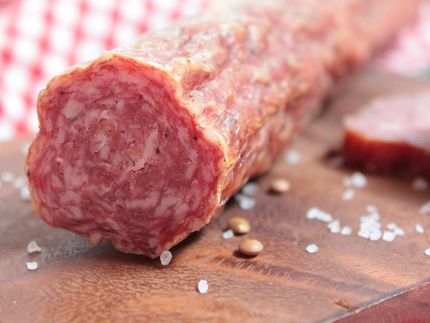Poisons under control
The difficult search for dangerous mycotoxins
Do you know how many moulds are in a slice of bread? And has it occured to you whether these moulds pose a danger? BAM's experts are carrying out research into this topic and have developed an analytical method to detect the toxic metabolic compounds of moulds.
Moulds, and more than 300 species of them exist, can be found everywhere in the world and they can infect all kinds of food. Some of them generate toxic metabolic compounds, the so-called mycotoxins, which, when consumed, may cause serious damage to our health. Mycotoxins are stable compounds and are not destroyed either by cooking or roasting or by the processes of the food processing industry. Even where no moulds can be recognized, they may be present with their toxins. Therefore it is of crucial importance to detect them and prevent contaminated food from getting into production and the trade.
In the European Union, 11 mycotoxins have been identified so far and limiting values established (COMMISSION REGULATION (EC) No 1881/2006 and 1126/2007). In co-operation with the Austrian Department for Agrobiotechnology IFA-Tulln, BAM has developed an analytical method which can quantitatively determine mycotoxins.
The analysis of the samples is carried out using high performance liquid chromatography (HPLC) coupled with mass spectrometry (MS). By means of HPLC a separation of individual mycotoxins is achieved followed by MS detection. The mycotoxin molecules are fragmented by a collision with nitrogen molecules. The fragments formed during this process are very specific to the respective mycotoxins and can therefore be used for identification and quantitative analysis.
Dr. Robert Köppen of the BAM Working Group "Analysis of Food and Commodities" will report on this analytic procedure in his oral presentation "Multi-component analysis for mycotoxins" at ANAKON 2009.
Most read news
Organizations
Other news from the department science

Get the analytics and lab tech industry in your inbox
By submitting this form you agree that LUMITOS AG will send you the newsletter(s) selected above by email. Your data will not be passed on to third parties. Your data will be stored and processed in accordance with our data protection regulations. LUMITOS may contact you by email for the purpose of advertising or market and opinion surveys. You can revoke your consent at any time without giving reasons to LUMITOS AG, Ernst-Augustin-Str. 2, 12489 Berlin, Germany or by e-mail at revoke@lumitos.com with effect for the future. In addition, each email contains a link to unsubscribe from the corresponding newsletter.
Most read news
More news from our other portals
See the theme worlds for related content
Topic World Chromatography
Chromatography enables us to separate, identify and thus understand complex substances. Whether in the food industry, pharmaceutical research or environmental analysis - chromatography opens up a treasure trove of information about the composition and quality of our samples. Discover the fascinating world of chromatography!

Topic World Chromatography
Chromatography enables us to separate, identify and thus understand complex substances. Whether in the food industry, pharmaceutical research or environmental analysis - chromatography opens up a treasure trove of information about the composition and quality of our samples. Discover the fascinating world of chromatography!
Topic World Mass Spectrometry
Mass spectrometry enables us to detect and identify molecules and reveal their structure. Whether in chemistry, biochemistry or forensics - mass spectrometry opens up unexpected insights into the composition of our world. Immerse yourself in the fascinating world of mass spectrometry!

Topic World Mass Spectrometry
Mass spectrometry enables us to detect and identify molecules and reveal their structure. Whether in chemistry, biochemistry or forensics - mass spectrometry opens up unexpected insights into the composition of our world. Immerse yourself in the fascinating world of mass spectrometry!
Last viewed contents

Don't Give the Slightest Chance to Toxic Elements in Medicinal Products - New high-accuracy reference solutions for the SI-traceable measurement





















































